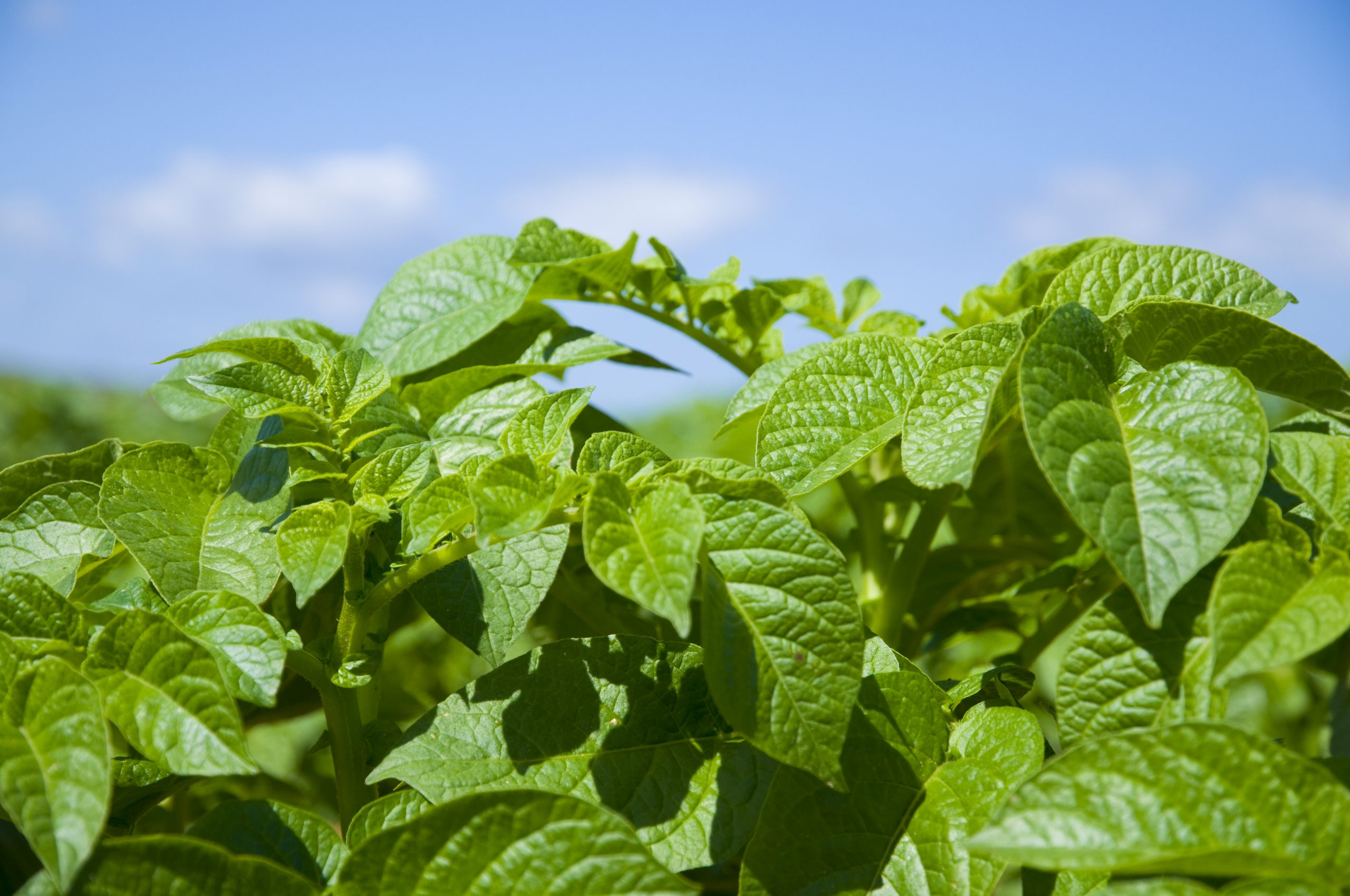Growers urged to test to minimise soil-borne disease risk
PREDICTA Pt is a DNA-based soil testing service that allows growers to assess the level of soil-borne pathogens in a paddock prior to planting. In this article, researcher Michael Rettke from the Department of Primary Industries and Regions research division, the South Australian Research and Development Institute (SARDI), discusses how the service works and the benefits to potato growers.
Limiting the impact of soil-borne disease on tuber quality should be front of mind for potato growers, with researchers estimating yield losses could be up to 15 per cent if not proactively managed.
Soil-borne diseases such as powdery scab, black dot, common scab, black scurf and silver scurf are prevalent in many potato growing regions, with high inoculum levels causing scabs or blemishes on the tuber when conditions favour disease. This affects the tubers marketability.
Researcher Michael Rettke says growers and their advisers should take advantage of testing to assess the risk of soil-borne diseases well in advance of planting.
SARDI – the research division of Primary Industries and Regions SA – conducts PREDICTA Pt soil analysis for potato growers across Australia. The testing is also linked with the project Extension of the PREDICTA Pt potato diagnostic service (PT15008), a strategic levy investment under the Hort Innovation Fresh Potato and Potato Processing Funds geared at improved potato yield and quality across Australia.
“PREDICTA Pt, which is available through trained agronomists, provides clear information on the specific diseases and the level of inoculum,” Mr Rettke explained.
Mr Rettke said PREDICTA Pt testing can help potato growers improve the percentage of seed crops meeting certification and the productivity achieved in commercial crops by informing and monitoring management decisions.
“For example, growers should avoid growing highly susceptible fresh market potato varieties in paddocks where PREDICTA Pt has detected a risk of powdery scab,” he said.
“If high levels of black dot are detected, growers should consider their scheduled planting time and variety choice in combination with available treatments.”
Pathogen levels in the soil, root systems and tubers can also be monitored after the application of soil treatments and biologicals as a way of evaluating treatment success and informing future management.
Mr Rettke says PREDICTA Pt can also help inform management decisions regarding root knot nematode.
“A high nematode risk may warrant whether a nematicide should be applied,” he said.
“The cost of treatment can be justified when the risk is substantial.
“When a fallow period has been used to reduce population of root knot nematodes in the soil, we recommend testing to determine whether it is safe to plant for a successful crop.”
Growers should also consider the rotation crops used in their approach to root lesion nematode management.
“PREDICTA Pt testing has found some rotation crops were increasing root lesion nematode numbers, so careful crop selection is required,” Mr Rettke said.
“Testing has also demonstrated the benefits of applying soil treatments to control verticillium wilt in paddocks with high levels of inoculum.
“Treated area of crops performed well against untreated strips, but application should be informed by an understanding of inoculum load.”
Managing disease risks
While growers cannot influence the environment, they can make sound management decisions to reduce their disease risk.
Such decisions could include variety choice, paddock selection, length of rotation, choice of break and cover crops, planting time, nutrition, soil management options, irrigation systems and paddock drainage.
“The more potato crops grown in a paddock, the greater the risk of soil-borne disease that can affect future crops,” Mr Rettke said.
Sampling strategy
Soil-borne diseases often have a patchy distribution. Therefore, a sound sampling strategy needs to be followed to adequately detect the risk.
“PREDICTA Pt can be used to test potato peel, plant root and lower stem samples,” Mr Rettke said.
“However, interpretation of results and disease diagnosis should be done by a diagnostician or agronomist, who can also pursue other lines of investigation.”
Growers and advisers can contact SARDI for specific advice and information on disease risks.
Find out more
Please contact Michael Rettke at michael.rettke@sa.gov.au or click here.
This project has been funded by Hort Innovation using the fresh potato and potato processing research and development levies and contributions from the Australian Government.
Project Number: PT15008
This article features in the autumn 2021 edition of Potatoes Australia. Click here to read the full publication.

